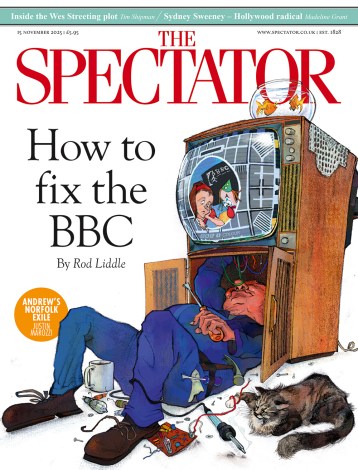Man of many worlds
By the kind of uncanny coincidence that would tickle his psychogeographically minded friends Iain Sinclair and Peter Ackroyd, Michael Moorcock’s publishers have recently moved offices to the same corner of London occupied by his latest novel, The Whispering Swarm; and just as their rather swanky embankment premises are called Carmelite House, so does the religious order provide Moorcock with one of his key characters. It is a Carmelite monk who leads the book’s teenage protagonist, one ‘Michael Moorcock’, from an ABC teashop to a mysterious enclave just off post-Blitz Fleet Street. There, behind a ‘battered oaken gate’, the precocious journalist and budding science-fiction writer is introduced to ‘Alsacia’, a secret












